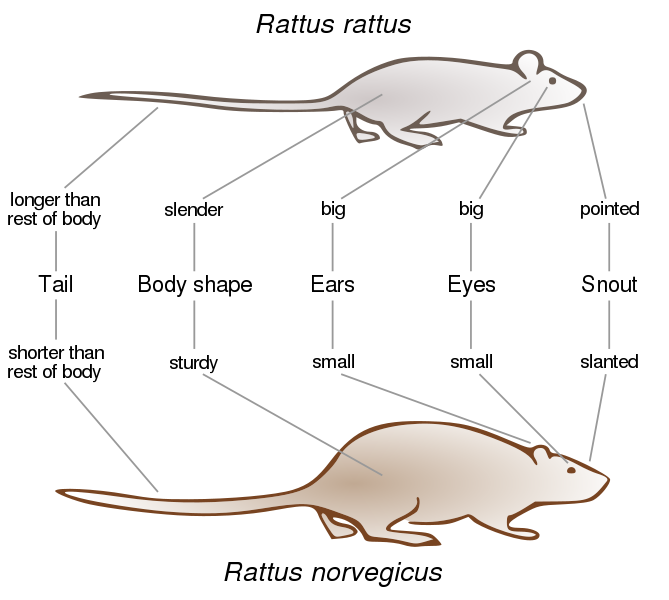Adaptation
The Rattus norvegicus has fair vision, but their visual
perception is actually heightened in dark areas.
This can correlated with being nocturnal. Two of the
primary senses that brown rats rely on our sound and
smell. [7] The Rattus norvegicus has
continuously growing incisors. Therefore, the
constant urge to gnaw on material is prevalent; this
characteristic can be very detrimental to human
created structures. People will go through
extensive procedures in attempting to terminate
these pest. Through repeated use of pesticides in
attempting to eliminate them has lead some Norway
rats to become resistant, and even immune to the
poisons.
![]() This work is licensed under a Creative
Commons Attribution-Noncommerical-Share Alike 3.0
Unported License.
This work is licensed under a Creative
Commons Attribution-Noncommerical-Share Alike 3.0
Unported License.
